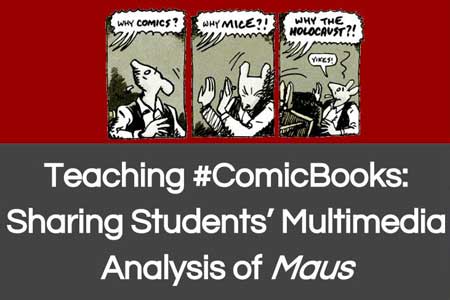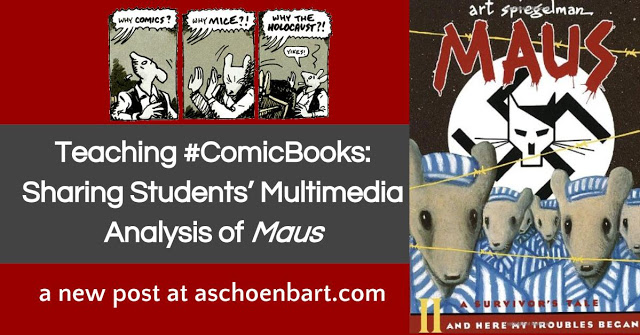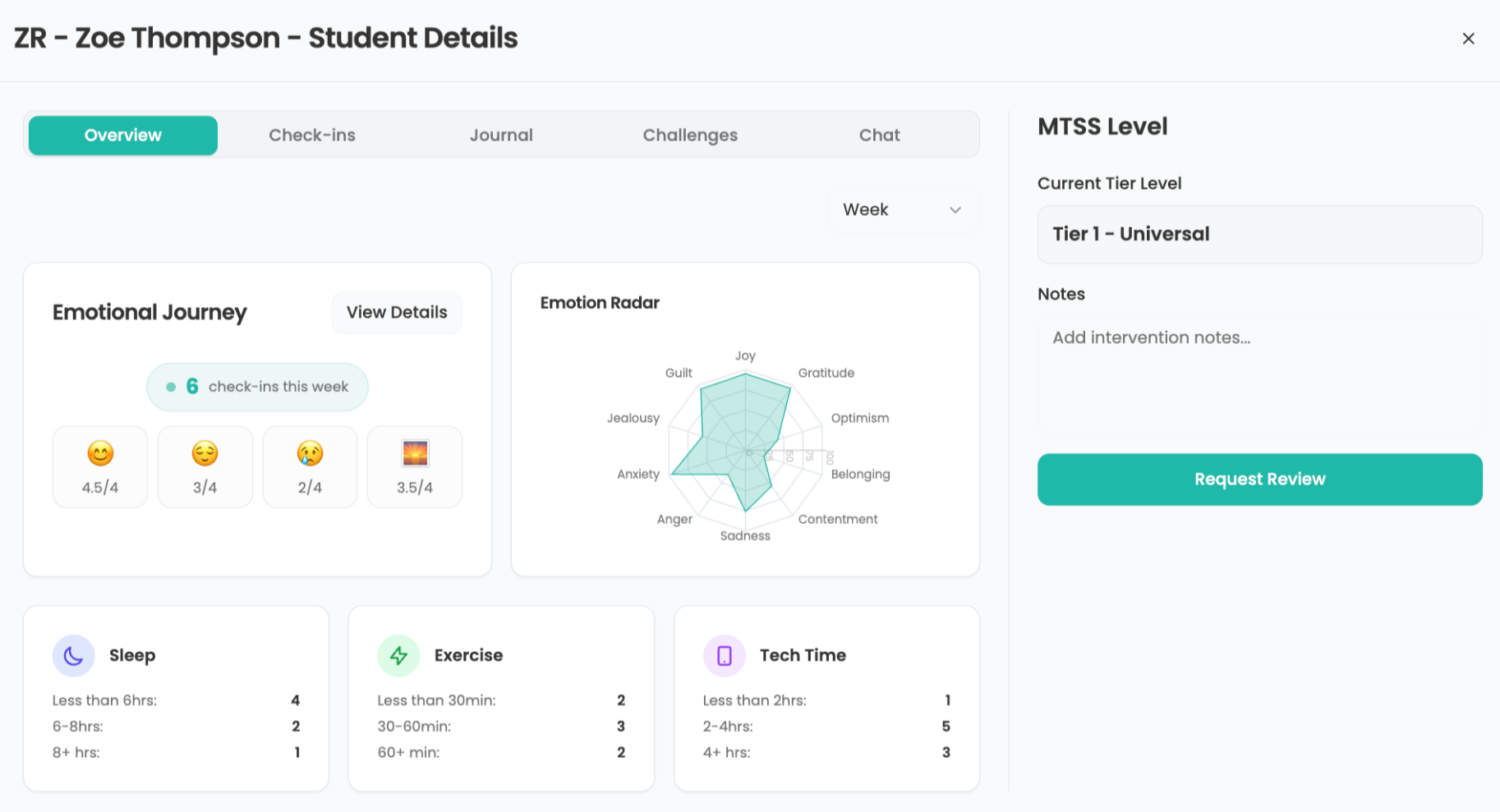Teaching #ComicBooks: Sharing Students’ Multimedia Analysis of Maus


I love comic books. I’ve read them and studied them all my life. I read, collect, and share my passion every chance I get. When I can bring this love into my classroom is when I really get excited. That’s why one of my favorite units for English 10 is teaching Elie Wiesel’s Holocaust memoir Night with Art Spiegelman’s Holocaust graphic novel, Maus II. These two powerful texts work together beautifully to help students understand history, about responsibility, and to examine the style and craft of two wonderful creators.
I’ve taught Maus for many years and revise my unit often (see some of this year’s activities in my last post, My Top 3 Tools for Flipped Learning). I’ve also taught a few other comics and graphic novels in an English elective called Myth, Magic, and Make Believe. In these classes, my students have studied the comic book format and craft through in depth close reading and analysis, just like we would any other text. This year, though, I have a new focus on creation, and I wanted to share some very cool student products with you.
Creation was one of my big shifts for this school year (and find more about my shifts in 5 Big Shifts for My Classroom This Year). I want my students to read, write, speak, listen, and think critically every day. But I also want them to produce, plan, create, problem solve, curate, and more. To conclude our study of Maus, students used to write an essay examining how the comic book form and style are effective in telling Spiegelman’s story. Students discussed how the words and images work together to create meaning, how the creator uses panels, word balloons, gutters, and closure, and why the story could only be told as a comic book.
Students Must Create!
I again return to my mantra: Students must create! Since we spent so long in this unit discussing visual storytelling, I asked students to instead create a multimedia video analysis of these issues. I modeled this using Screencastify, screencasting, analyzing, and annotating a page from the text.
Find the full assignment with some resources and guidelines here.
Below is the sample I created for my students as a model. After some brief guided practice in class and watching my sample, students were off to plan and create on their own. We had analyzed the text and its style thoroughly in class, so the students were ready to rock it.
Sharing Student Creations
It was great to have my students create and analyze in new ways. Most students figured out Screencastify or other tools with little guidance and were ready to explore and create all on their own. Writing matters--especially in English class--but behold the power of the multimedia video analysis.
Eric captured the directorial perspective in looking at Spiegelman’s perspective in creating the book.
Emma did a great job with a low-tech strategy of filming on her phone and annotating by hand.
<
Tools and ideas to transform education. Sign up below.
Bridget impressed with her careful thought and specific language about the comic book form.
Jack’s work, while long, showed an interesting analysis of text by contrasting the timelines present in Maus.
What sort of content have your students created? Do you have any multimedia analysis to share? I would love to see your students’ work or hear your ideas in the comments or on Twitter.
cross posted at www.aschoenbart.com
Adam Schoenbart is a high school English teacher, Google Education Trainer, and EdD candidate in Educational Leadership. He teaches grades 10-12 in a 1:1 Chromebook classroom at Ossining High School in Westchester County, NY and received the 2014 LHRIC Teacher Pioneer Award for innovative uses of technology that change teaching and learning. Read more at The SchoenBlog and connect on Twitter @MrSchoenbart.
